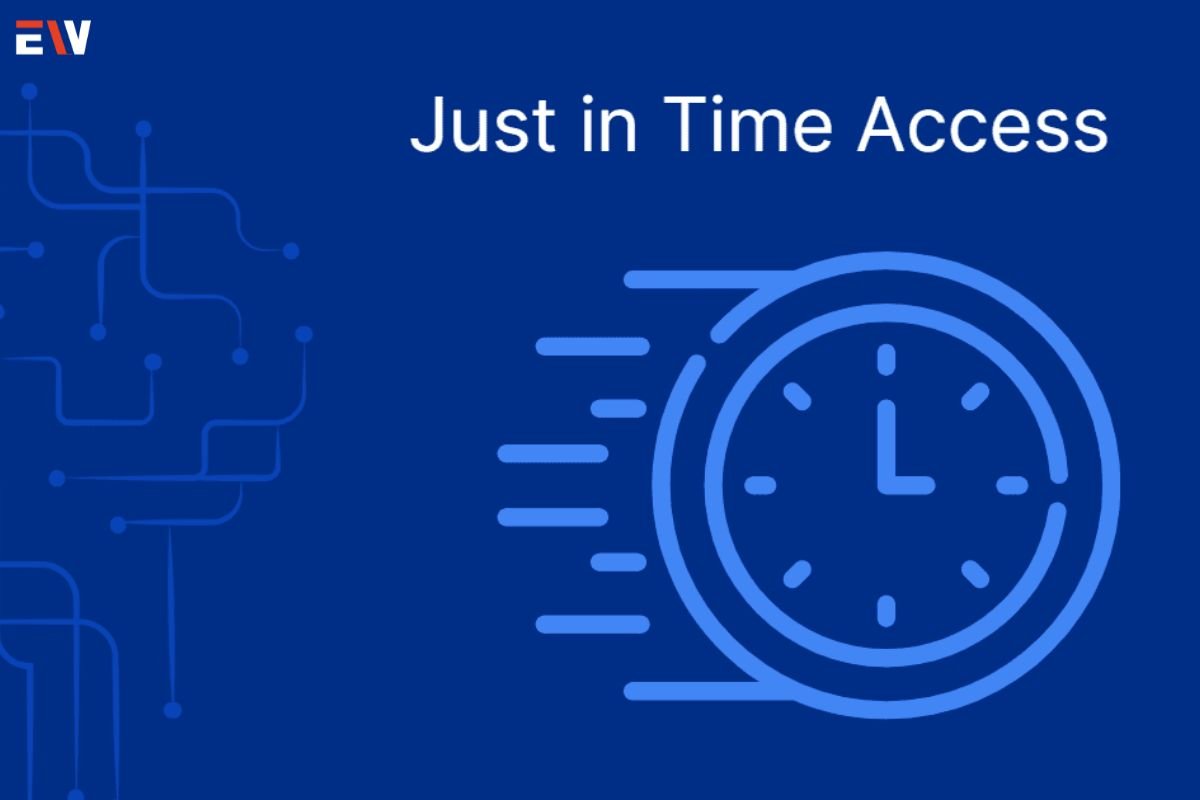In today’s digital landscape, protecting sensitive data and systems from unauthorized access is paramount for organizations of all sizes. Google Privileged Access Management (PAM) offers a robust solution for safeguarding critical resources by providing fine-grained access controls, monitoring capabilities, and auditing features. By implementing Google PAM, organizations can mitigate security risks, prevent insider threats, and ensure compliance with regulatory requirements. In this comprehensive guide, we’ll explore the significance of Google PAM, outline its key features and benefits, and highlight best practices for implementation and management.
Understanding Google Privileged Access Management
Google Privileged Access Management (PAM) is a comprehensive security solution designed to manage and monitor privileged access to sensitive resources within Google Cloud Platform (GCP) environments. It enables organizations to enforce least privilege access principles, control access to critical resources, and monitor privileged user activities to prevent unauthorized actions and mitigate security risks.
Key Features of Google Privileged Access Management
1. Role-Based Access Control (RBAC)
Google PAM leverages role-based access control (RBAC) to define and enforce granular access policies based on users’ roles, responsibilities, and permissions. This allows organizations to restrict access to sensitive resources to only authorized users and prevent unauthorized access.
2. Just-In-Time (JIT) Access

Google PAM offers just-in-time (JIT) access capabilities, allowing organizations to grant temporary, time-bound access to privileged resources only when needed. This minimizes the risk of prolonged exposure to sensitive data and reduces the attack surface for potential security threats.
3. Session Monitoring and Recording
Google PAM provides session monitoring and recording capabilities, allowing organizations to monitor privileged user activities in real time and record session logs for audit and compliance purposes. This enables organizations to track and review privileged user actions to detect and respond to suspicious or unauthorized activities.
4. Multi-Factor Authentication (MFA)
Google PAM supports multi-factor authentication (MFA) to enhance the security of privileged access by requiring users to provide additional verification factors, such as biometric data or one-time passcodes, before accessing sensitive resources. This helps prevent unauthorized access in the event of compromised credentials.
5. Audit Logging and Reporting
Google PAM generates comprehensive audit logs and reports, providing visibility into privileged access activities, policy changes, and security events within GCP environments. This allows organizations to monitor compliance with security policies, track user behavior, and investigate security incidents.
Benefits of Google Privileged Access Management
1. Enhanced Security
Google PAM helps organizations strengthen their security posture by enforcing least privilege access controls, monitoring privileged user activities, and implementing additional security measures such as multi-factor authentication. This reduces the risk of unauthorized access and data breaches.
2. Improved Compliance

Google PAM helps organizations achieve compliance with regulatory requirements and industry standards by providing robust access controls, audit logging, and reporting capabilities. This enables organizations to demonstrate compliance with regulations such as GDPR, HIPAA, and PCI DSS.
3. Increased Operational Efficiency
Google PAM streamlines access management processes by automating user provisioning, access requests, and access approvals. This reduces administrative overhead, improves operational efficiency, and ensures that access to sensitive resources is granted and revoked in a timely manner.
4. Better Visibility and Control
Google PAM provides organizations with greater visibility and control over privileged access activities, allowing them to monitor user behavior, enforce access policies, and respond quickly to security incidents. This enhances overall governance and risk management capabilities.
Best Practices for Implementing Google Privileged Access Management
1. Define Access Policies
Define access policies based on the principle of least privilege, granting users only the permissions necessary to perform their job functions. Regularly review and update access policies to reflect changes in roles, responsibilities, and business requirements.
2. Implement Just-In-Time Access
Implement just-in-time (JIT) access controls to grant temporary, time-bound access to privileged resources only when needed. This minimizes the risk of prolonged exposure to sensitive data and reduces the attack surface for potential security threats.
3. Enable Multi-Factor Authentication
Enable multi-factor authentication (MFA) for privileged access to add an additional layer of security beyond passwords. Require users to provide additional verification factors, such as biometric data or one-time passcodes, before accessing sensitive resources.
4. Monitor and Review Access

Regularly monitor privileged access activities and review access logs to detect and respond to suspicious or unauthorized activities. Implement automated alerts and notifications to alert administrators to potential security incidents in real time.
5. Provide Ongoing Training and Awareness
Provide ongoing training and awareness programs to educate users about the importance of privileged access management and security best practices. Ensure that users understand their responsibilities and the potential consequences of improper access or security breaches.
Conclusion
Google Privileged Access Management (PAM) is a powerful security solution that enables organizations to protect sensitive resources, mitigate security risks, and ensure compliance with regulatory requirements within Google Cloud Platform (GCP) environments. By leveraging role-based access controls, just-in-time access, multi-factor authentication, and audit logging capabilities, organizations can enforce least-privilege access principles, monitor privileged user activities, and respond quickly to security incidents. As organizations continue to embrace cloud technologies and digital transformation initiatives, implementing Google PAM will be essential for safeguarding critical assets and maintaining trust and confidence in the security of GCP environments.










